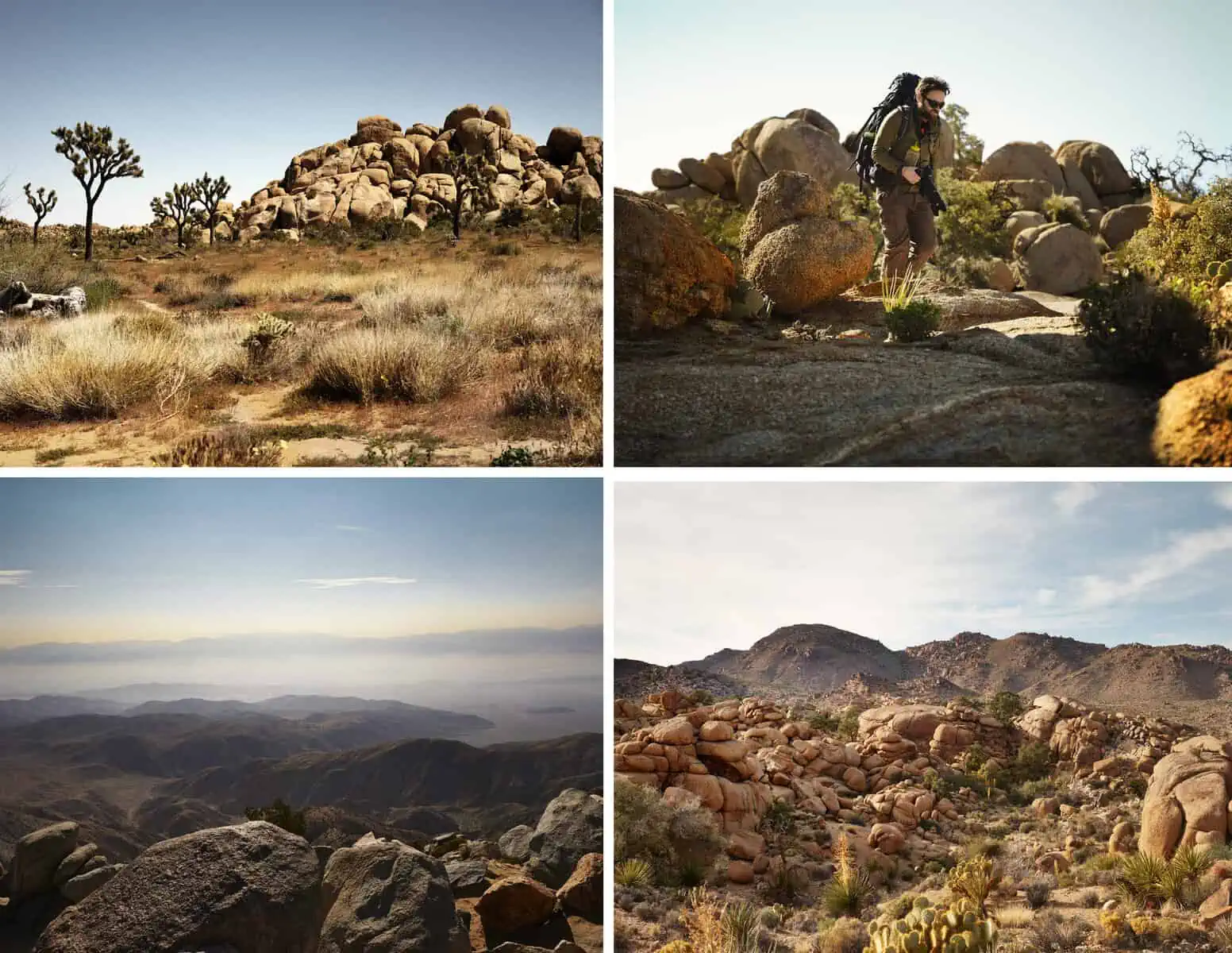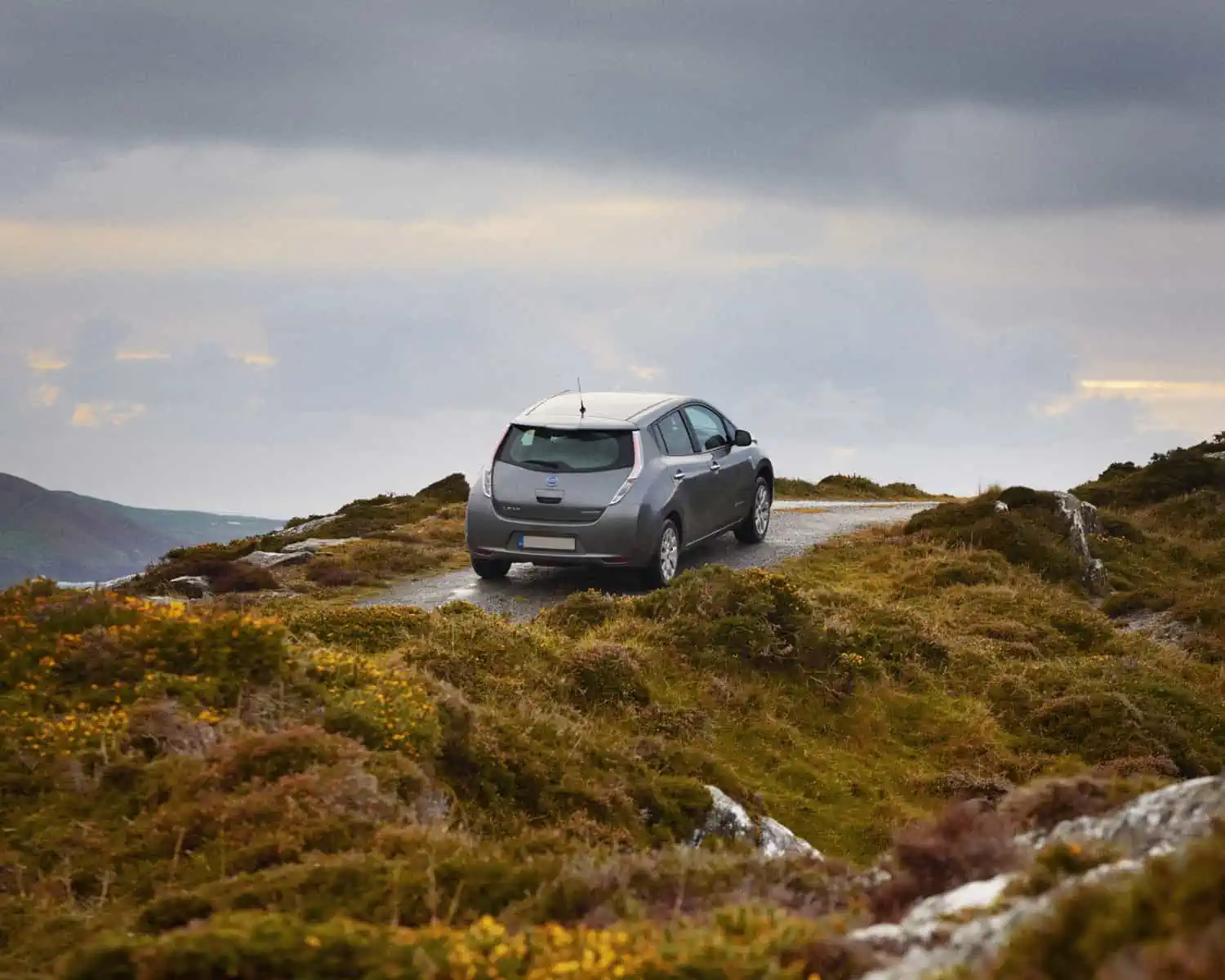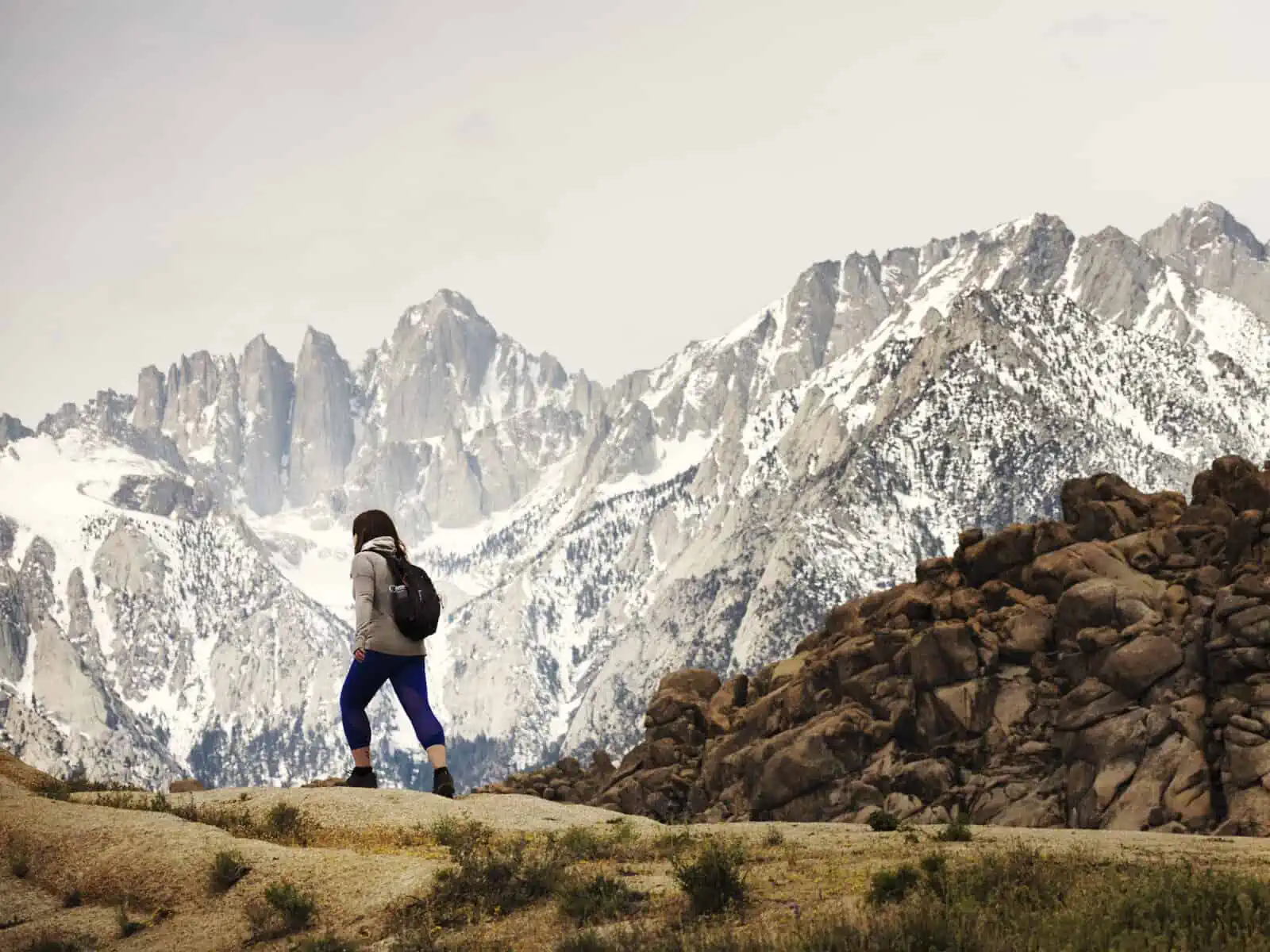Maybe you’re craving a different kind of experience and you’re feeling ready for more of a challenge with your travel photography. Once you’re hooked on photography, it’s really easy to want to turn your usual holiday into a specific photography trip. The difference here is that rather than an itinerary based around destinations, you might decide to focus on one particular area and one particular idea. We receive a lot of messages from you guys here and over on Instagram about the best ways to start planning a photography specific trip, so we wanted to put together a piece to explain how we go about putting together projects. For us, our background in commercial photography and advertising production has been invaluable in the way that we’ve been able to break our projects down into manageable steps rather than overwhelming, unsurmountable things that stop you from making any progress.
The points below form the basis of all of our projects:
What is the project about?
You’ve had an idea about a project that you want to do. It’s a really good idea at this point to sit down and flesh out some more details. At this stage we’ll often ask ourselves ‘what’s the story here, what’s the angle?’ It is important not to rush this if possible as it doesn’t always come to the surface straight away, but we usually find that when you’ve put that question out there, you’ll be gaining inspiration for it at all times of the day. We’ve found our conversations with locals can be incredibly helpful in developing project ideas, so don’t be afraid to speak to people who might be able to help. We have developed relationships over time with fixers and locals that have formed the basis of many of our developments. Tourism offices and local field offices can be really, really helpful in this regard too.
Do some research
Here are a number of questions that we’d usually cover before we embark on a project. This can be as complex or as simple as you need it to be, depending on the nature of your project:
- Where will I be going? This refers to the focus of your piece and what it is you want to explore
- Will I need help to do this? Do you need someone to drive you to places and pick you up from another location? Do you need a guide? With this, we’d suggest speaking to a tourism office or looking online to see how approachable the area you want to go to is and what arrangements you need to get there
- Do I need a permit? There are some locations that you can only go to if you have the correct permit. Sometimes permits can take a while, so it’s a good idea to research if you need a permit in advance. On other occasions, it can be that you need a guide to go into certain protected areas and National Parks
- When will I go? This is incredibly important and will determine the look and feel of your project massively. Some locations may only be accessible in winter, some summer. A rookie mistake we made when we began shooting in the outdoors was the visit The Dolomites in-between seasons when the snow was melting and it was impossible for us to shoot what we wanted to, some further research would have helped us to do this, but we just didn’t think about it at the time. Learning curves can be great lessons! Some locations have particular parts of the year that just aren’t possible to work in so it’s a really good idea, especially for your safety to know when is best to go. This can also help to inform you of when you’ll get the best light – this is why speaking to locals can be really useful.
- What do I need to do to prepare myself for this? If you’re planning on entering a harsh backcountry environment, you’ll need to think about what you’re going to take with you. Will you be going in for multiple days, unsupported? Will you be driving to a hotel or other accommodation every night? If you’re unsure how to prepare for backcountry camping, we have an article about that here. It’s also a good idea if you’re going to need to hike in to get to where you’re going to allow yourself enough time to be physically fit enough for that particular activity.
- How will these plans affect my equipment? It’s so important to think about how your preparations will affect your equipment choices. It’s one thing if you’re going to be staying in a hotel to have everything you need to back up on a daily basis, but if you’re potentially going to be back country camping for a few days you’ll need to consider the weight of your equipment, how you’ll back up and also how you’ll recharge your batteries. You’ll also need to think about what you might need to take with you with regards to food, water and clothes
Make a plan, but be flexible
Once we’ve done some research and made a clear plan based on the above, it’s wise to sit down and put together a plan. Our plans will usually be in the form of a spreadsheet which will outline a number of key things such as the name of the location, the hike we will need to take to get there, how long that should roughly take, how long it will take to get there and from there to wherever we’re going and where we will be spending the night. As much as it is important to have a plan to maximize your time, you need to be very flexible. Whilst you might have the best of intentions, something might change things for you, be it the weather or somebody’s recommendation of something you hadn’t thought of (tip, locals usually know a thing or two about the area!) If we can, we like to leave a little breathing space at either end of a project so that we can change things around if we need to. The key thing here is to be flexible with your approach, it’ll give you the best images.
Know your equipment
With all planning and preparation, it’s a good idea to know your equipment really well before you go – this will give you so much more confidence to be able to really concentrate on the project rather than working out how to do things as you go along. If we are using a new lens, we will repeatedly test it to see what kind of look and feel we can get before we head off. Before we headed off on one of our recent projects with Fujifilm in the Pyrenes, we spent quite some time beforehand testing the equipment, so we knew exactly what we were doing. This also applies to things like tents and cooking equipment. Allow your thoughts to be on what you’re creating rather than what you’re doing.
Go with what’s there, rather than a preconceived idea
If you’re fairly new to photography, it can be really easy to look at some shots on Instagram or Google and get it into your head that this is how your project needs to look. We’ve seen so many projects that could have been truly wonderful if the photographer had only had the confidence to convey their message rather than the message that everybody else is conveying. Photography is an expression and your voice matters. We’ve been in places where we’ve heard people grumble because the lighting doesn’t look the same as it did on that shot they saw online and have completely let that ruin their experience of the place. If it rains, go with it. If it snows, go with it. If it looks different to what you thought, go with it. Don’t be afraid to create something that is unique. Responding to your environment is going to get you much better results and you’ll enjoy it a lot more. We know it can be soul destroying if you’ve spent months and months planning a once in a lifetime trip to arrive to complete washouts – but you have to go with it. We’ve written a whole article on the subject of rigidity and how you can improve this to help you in the outdoors.
Don’t be disheartened if you don’t get everything you want in one trip
Sometimes, like the above, things can get in the way of getting the whole story or completing it in one trip. See this as an opportunity to grow something bigger rather than a failure on your part for not being able to do everything at once. Sometimes, projects can be years in the making. It’s better to take your time and create thoughtful imagery and stories rather than rush it. Whilst you’re planning your next trip, we always encourage people to get their work out there for others to see rather than keeping it tucked away; it can really help to get feedback in order to help you further develop the project.
You’ll never feel ready
There will always be more research you can do. There will always be one more book you can read. You could always be fitter. You could always do with more practice, You’ll probably never feel ready. The fact is, the more complex things you begin to do, the more you’ll probably start to feel like you don’t know what you’re doing – this is normal. It’s so important to get out there and give things a go and make mistakes – because that is where you learn. The only thing worse than making mistakes is not trying and keeping the idea as exactly that, just an idea.



